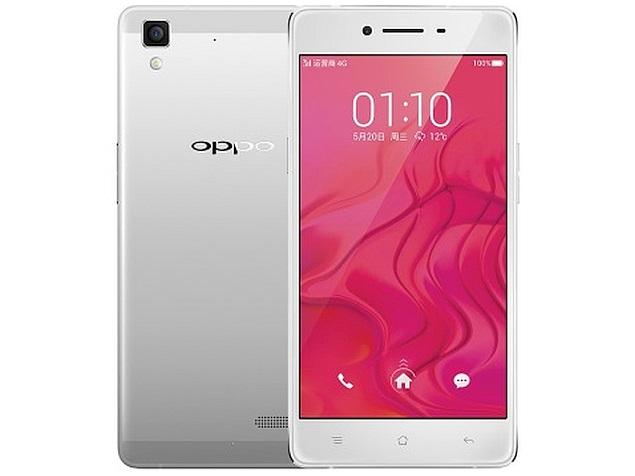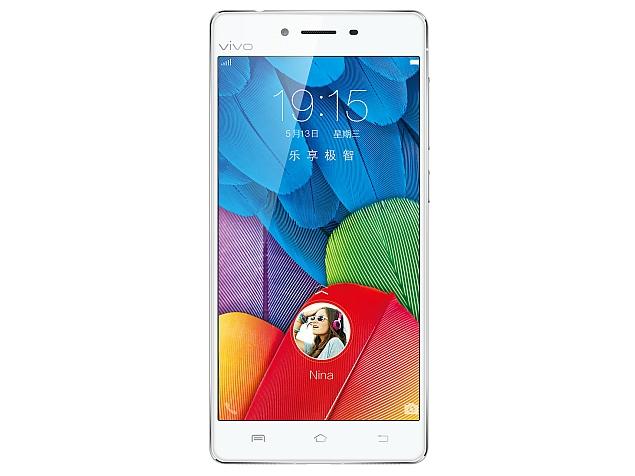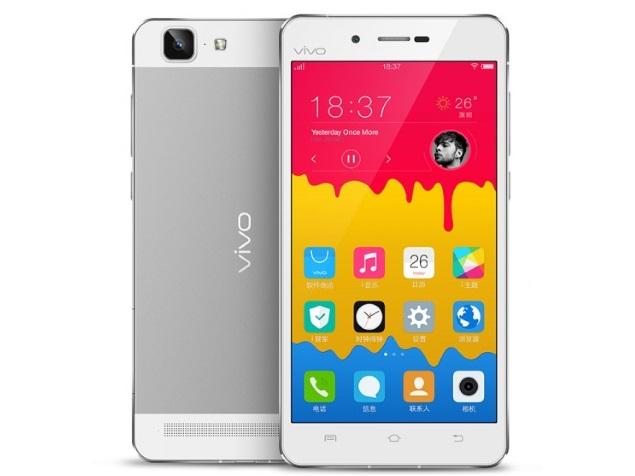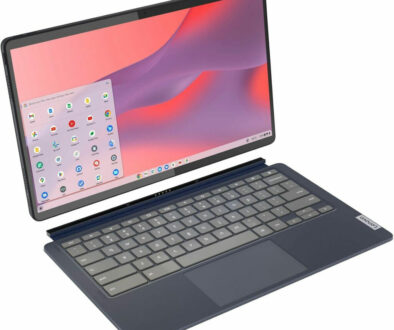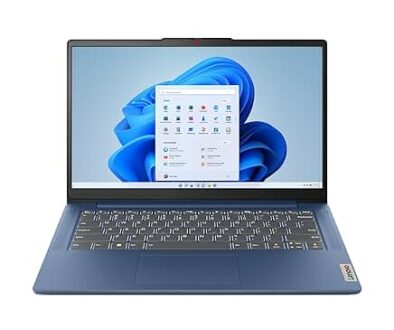Oppo R7 and R7 Plus vs Vivo X5 Pro and X5 Max+ Flagship Challenge
When it comes it flagship smartphones, every manufacturer have their own treatment and take on what a super phone should be. For new comers, Vivo and Oppo they are not only pushing the limits of technology but doing so with value and customers’ pockets in mind.
Founded in 2004, Oppo’s portfolio of products is not only limited to smartphones. The company is also know for MP3 players, portable media players, LCD-TVs, eBooks, DVD/Blu-ray Disc players in different parts of the world. Since entering the mobile phone market in 2008, Oppo has introduced well over a dozen different smartphones with the last flagship the Oppo Find 7 released in May 2014. Fast forward to today and following the current market trend of flagship duo, they have given us the Oppo R7 and Oppo R7 Plus.
The lesser known Vivo is making headwinds in Asia especially in the South East region, India and China. The Vivo Xplay3S heads the smartphone pack in their portfolio while their latest offerings the Vivo X5 and Vivo X5Pro make their mark as the flagship duo albeit with a lower processor, lower display resolution and less memory. Vivo position itself as a manufacturer that focuses on HiFi sound (with the X series), HiFi and Video Playback (with the Xplay series), HiFi and Video Capture (with the Xshot series). For everything else, there is the Y series. They are also good at designing ultra-thin smartphones.
Oppo R7
Oppo R7 smartphone with 5.00-inch 1080×1920 display powered by 1.5GHz processor alongside 3GB RAM and 13-megapixel rear camera running ColorOS 2.1, Android 4.4 orColorOS 2.1, Android 5.1.1 in some countries. Oppo promises better camera performance with 78 per cent less noise and 32 per cent increased light sensitivity compared to conventional smartphone camera designs. There’s also phase detection AF and a single-LED flash.
- Display: 5-inch AMOLED FHD (1920 x 1080 pixels) Multi-touch, Capacitive Screen, Gorilla Glass 3 with support for Gloved and Wet Touch Input
- CPU: Qualcomm MSM8939 Snapdragon 615 Octa-core 64-bit processor with Adreno 405 GPU
- Memory & Storage: 3GB RAM, 16GB storage with microSD slot (support) – MORE MEMORY
- Cameras: 13-megapixel Samsung 3M2 with ISOCELL technology rear and 8-megapixel OmniVision OV8858 front facing with flash
- Battery: 2320 mAh Li-Po Battery (non- removable)
- Dimensions & Weight: 143 x 71 x 6.3 mm, 147 grams – THINNEST, LIGHTEST
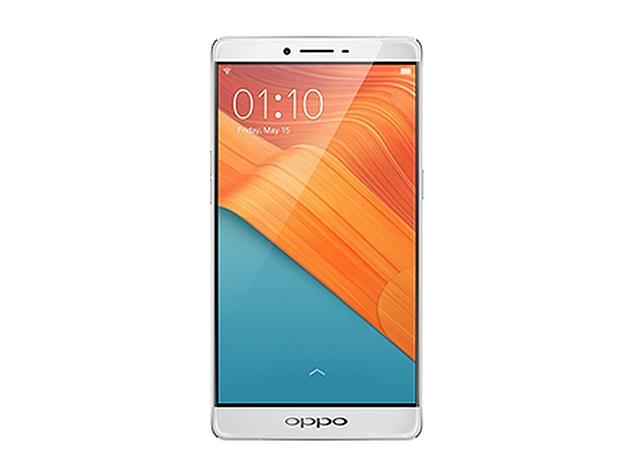
Oppo R7 Plus [PHABLET]
Oppo R7 Plus smartphone with 6.00-inch 1080×1920 display powered by 1GHz processor alongside 3GB RAM and 13-megapixel rear camera running ColorOS 2.1, Android 5.1 – BIGGEST SCREEN, MORE MEMORY, HIGHEST CAPACITY BATTERY
- Display: 6-inch AMOLED FHD (1920 x 1080 pixels) Multi-touch, Capacitive Screen, Gorilla Glass 3 with support for Gloved and Wet Touch Input
- CPU: Qualcomm MSM8939 Snapdragon 615 Octa-core processor with Adreno 405 GPU
- Memory & Storage: 3GB RAM, 32GB storage with microSD slot (support)
- Cameras: 13-megapixel Sony IMX278 rear and 8-megapixel OmniVision OV8858 front with Dual Flash
- Battery: 4100 mAh Li-Po battery (non-removable) – HIGHEST CAPACITY
- Dimensions & Weight: 158 x 82 x 7.75 mm, 192 grams
Vivo X5 Pro
Vivo X5Pro smartphone with 5.20-inch 1080 x 1920 display powered by 1.5GHz processor alongside 2GB RAM and 13-megapixel rear camera. X5Pro runs on the customised Funtouch OS based on Android 5.0 Lollipop.
- Display: 5.2-inch FHD (1920 x 1080 pixels) Super AMOLED Multi-touch, Capacitive Screen display
- CPU: 1.5GHz, Octa Core, Snapdragon 615 Octa-Core 64-bit processor
- Memory & Storage: 2GB RAM memory, 16GB ROM storage with expandable memory up to 128GB via microSD expansion slot.
- Cameras: 13-megapixel rear and 8-megapixel front, f/2.0(main),f/2.4(front), Normal ,Night, Face Beauty, HDR, Panorama Children, PPT, Bokeh, Sports and watermark.
- Battery: 2450mAh Li-Po battery
- Dimensions & Weight: 147.9 x 73.45 x 6.44mm, 147 grams – LIGHTEST
Vivo X5 Max [PHABLET]
Vivo X5Max+ smartphone with 5.50-inch 1080×1920 display powered by 1.7GHz processor alongside 2GB RAM and 13-megapixel rear camera.
- Display: 5.5-inch FHD (1920 x 1080 pixels) Super AMOLED Multi-touch, Capacitive Screen display
- CPU: Qualcomm SnapdragonTM 615 Octa-Core 64-bit processor
- Memory & Storage: 2GB RAM memory, 16GB ROM storage with expandable memory up to 128GB via microSD expansion slot.
- Cameras: 13-megapixel rear and 8-megapixel front, f/2.0(main)/f2.4(front), Normal, Night, Face Beauty, HDR, Panorama Children, PPT, Bokeh, Sports and watermark
- Battery: 2300mAh Li-Po battery
- Dimensions & Weight: 153.9 x 78 x 5.08 mm, 156 grams – LIGHTER
Final Thoughts
On closer inspection, there is nothing really different between the phones. Powered by the Snapdragon 615 processor, Qualcomms high-tier mobile processor design with the industry’s first dual quad-core 64 bit capable CPU architecture and integrated 4G LTE.
Quad-core ARM® Cortex™ A53 at up to 1.7 GHz + quad-core 1.0GHz ARM® Cortex™ A53, 64-bit capable with Qualcomm® Adreno™ 405 GPU. Integrated 4G LTE and Cat 4 allow download speeds of up to 150 Mbps. Efficient, high-quality video streaming with embedded HEVC H.265 hardware decoder.
All phones come with the same cameras from Sony for the rear facing camera at 13MP and Omnivision for front facing camera at 8MP. Features may different slightly depending on camera app but overall function is comparable.
Oppo does have the upper hand when it comes to device memory with 3GB RAM vs 2GB RAM on the Vivo smartphones. The Oppo R7 Plus has the biggest screen in this comparison at 6-inch and has the highest capacity battery at 4100 mAh.
In terms of design, dimensions and weight, the Vivos with its rolled edge similar to those on iPhone gives it a fresher feel. While the Oppo R7 is the thinnest and smallest of all the phones compared, it shares the same weight card as the Vivo X5Pro at 147 grams. What vivo manages to achieve squeezing a 5.2-inch screen into a tight and feather weight package is nothing short of astounding. Vivo made an even better result with the Vivo X5 Max, making the 5.5-inch smartphone ultra slim at 5.08mm and hardly any more heavier than its 5.2-inch counterpart at 156 grams.
